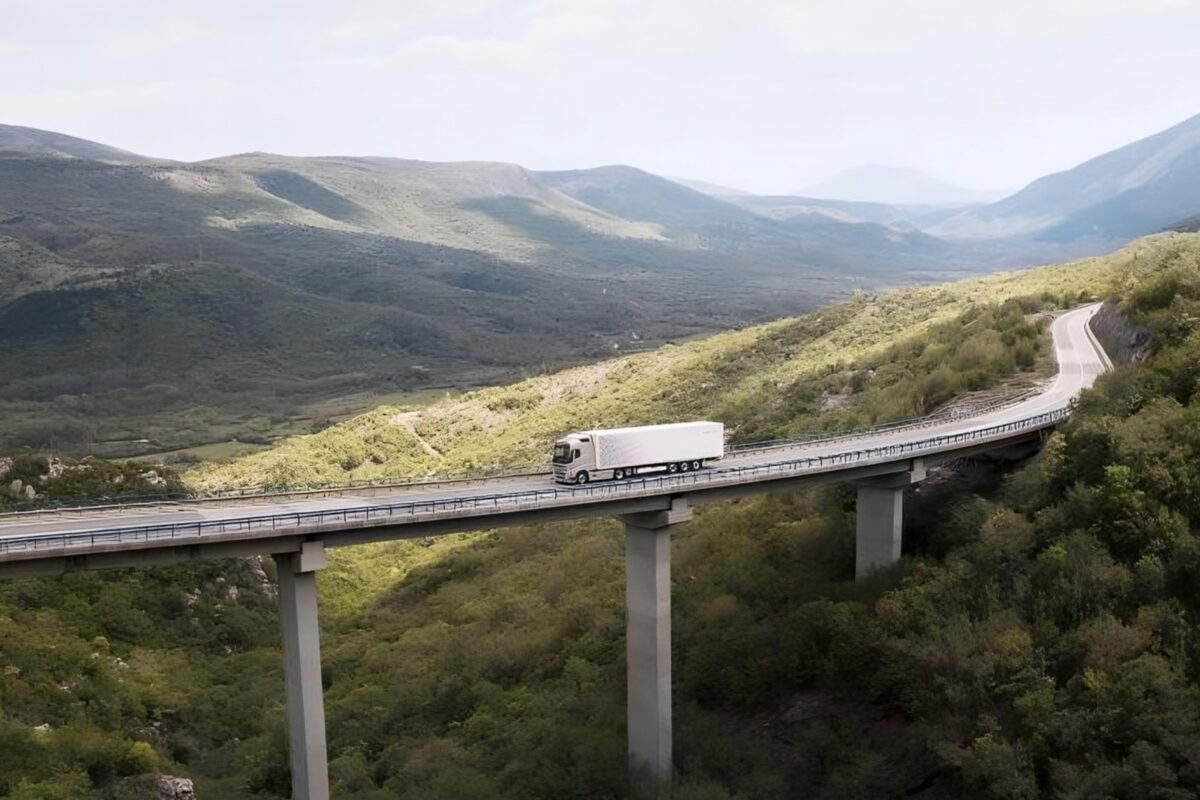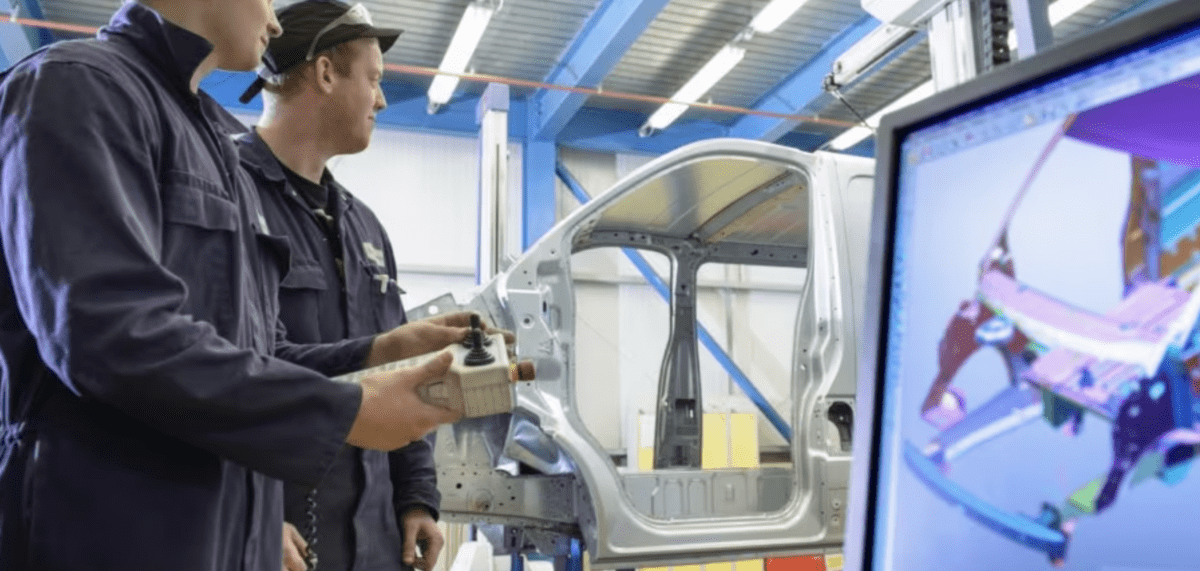2013 Highlights
. 2,819,000 assembled vehicles and CKD units sold worldwide, down 4.9% on 2012, with sales of assembled vehicles stable (down 0.1%)
. Reversal of the annual trend in the fourth quarter, with assembled vehicle sales up 4%
. Another increase in the percentage of vehicles sold outside Europe, to 42% of the total from 38% in 2012
. Further advances in the upmarket strategy, with premium models accounting for 19% of total unit sales versus 9% in 2009.
. Strong demand for the new Peugeot 2008 and 308
. Solid performances by the new Citroën C4 Picasso and Grand C4 Picasso
. Successful launch of the DS brand in China
. Continued leadership in CO2 emissions reduction, with average corporate emissions of 116.2 g/km representing a 6.2-gram improvement on 2012.
In 2013, the worldwide automobile market showed decidedly mixed trends, with
demand continuing to contract in 30-country Europe (down 1.6%) and Russia
(down 5.4%), while expanding in China (up 19.1%) and Latin America (up
2.9%).
In this environment, PSA Peugeot Citroën recorded worldwide sales of 2,819,000
units (assembled vehicles and CKD units), down 4.9% in 2012. Assembled
vehicle sales held firm, contracting by just 0.1% to 2,818,000 units, with the
fourth quarter seeing growth of 4%.
Further decline in the European market
In 30-country Europe, the market declined by 1.6% on the back of an 8.6% fall
in 2012.
Only a handful of markets grew during the year, such as the United Kingdom and
Spain, which were up by 11% and 4.1% respectively.
However, these recovering markets were still far below their 2007 levels.
Registrations in Spain, for example, increased by 809,000 units in 2013,
compared with 1,892,000 in 2007.
Registrations fell 5.5% in France and 7.6% in Italy to 1,404,000 units – the
lowest since 1979 – compared with 2,739,000 in 2007.
The Group retained its leadership position in the European light commercial
vehicle market, with 304,000 registrations and a market share of 20.7%,
virtually unchanged from 2012.
In this environment, the Group focused on the most profitable distribution
channels and its share of the 30-country Europe market ended the year at
11.94% versus 12.7% in 2012.
Continued progress in the globalisation strategy
The globalisation strategy is continuing to produce results, as evidenced by the
steep rise in the number of vehicles sold outside Europe since 2009. With
markets outside Europe accounting for 42% of total sales in 2013, the Group is
on track to meet its target of generating 50% of sales in these markets by 2015.
Very fast growth in China
In a Chinese market up 19.1% in 2013, the Group increased its sales by 26.1%
to 557,000 units from 442,000 in 2012, giving it a 3.64% market share. China is
PSA Peugeot Citroën’s second largest market, after France.
Sales of Peugeots rose 25.8% to 272,000 units compared with 216,000 in 2012,
while sales of Citroëns were 26.3% higher at 285,000 units versus 226,000 the
previous year.
The Peugeot 3008, the Citroën C4L introduced at the start of the year and the
Peugeot 301 and the Citroën C-Elysée brought to market in the second half also
made a strong contribution to the Group’s sales growth in China.
This growth is expected to continue in 2014, led by the nationwide expansion of
the dealer network and the broader model line-up.
The middle classes, who are the Group’s prime target, currently represent 25%
of the Chinese population, but their numbers should swell in the coming years to
an estimated 40% of the population by 2020. To keep pace with the growth in
demand, the Group plans to raise production capacity to 950,000 vehicles a year
at its plants in Shenzhen (200,000 units for CAPSA) and Wuhan (750,000 units
for DPCA). Construction of a fourth plant by DPCA is also under consideration.
A persistently mixed situation in Latin America
The Latin American market (Argentina, Brazil, Chile and Mexico) expanded by
2.9% overall in 2013, to 5,937,000 units. However, the situation varied
significantly from one country to the next.
The Brazilian market contracted by 1.5%, the first decline in ten years. Demand
softened even though the government maintained throughout the year the
reduction in the IPI* tax introduced in 2012 and carmakers engaged in
aggressive promotional activity, particularly in the second half. Moreover, in
Latin America as a whole, regional exchange rates against the euro moved very
unfavourably and weighed heavily on the Group’s financial performance. This
currency effect was exacerbated by the low local content of the Group’s
operations in the region.
In this environment, PSA Peugeot Citroën sales in Latin America rose by 7% to
303,000 units, representing a 4.9% market share. Sales continued to climb
rapidly in Argentina, up 25.5% to 140,100 units, lifted by the successful launch
of the Peugeot 208 and Citroën C4 Lounge, which have already exceeded their
first-year sales targets. Group registrations also rose steeply in Chile (up
31.5%) and Mexico (up 33.4%), far outstripping the market growth rates of
10.3% and 7.9% respectively.
* “Imposto sobre Produtos Industrializados” (tax on manufactured products)
Sharply narrower automotive market in Russia
In a slowing Russian economy, the automotive market contracted by 5.4% in 2013. The Group’s share of the market narrowed by 0.3 points to 2.3%.
In 2013, Peugeot and Citroën expanded their offer by introducing three new models aligned with local demand, the Peugeot 301 and 208 and the Citroën C-Elysée. In addition, the month of June saw the launch of the Citroën C4 Sedan manufactured locally at the Kaluga plant. Together, these models will help the Group to expand its presence in the Russian market in 2014.
Rest of the world
Lifted by the success of the Peugeot 301 and the Citroën C4L and C-Elysée, Group sales also increased in other markets, led by Algeria (up 6.9%) and Turkey (up 7.6%).
Sales of premium models up on 2012
The Group’s upmarket strategy is backed by strong brands catering to clearly differentiated customer territories.
The strategy has led to an increase in sales of premium* models, from 505,000 units in 2012 to 540,000 last year, representing 19% of total unit sales.
Diesel hybrids equipped with HYbrid4 technology have contributed to moving the ranges up market. In Europe, these models account for 11% of Peugeot 3008 sales, 16% of Peugeot 508 sales and 34% of Citroën DS5 sales.
In all, the Group sold 24,319 diesel hybrids in 2013, ranking second in this market segment in Europe in terms of volumes.
*Premium vehicles offer a level of driving pleasure, safety, quality of finish, connectivity and comfort that serves as a benchmark in their segment. They include distinctive models from the A, B and C segments (Peugeot 207CC, 2008, 308CC, RCZ, 3008 and 4008; Citroën DS3, DS3 Cabrio, DS4 and C4 AirCross) and models from the D and E segments (Peugeot 508 and 407; Citroën DS5, C5 and C6).
Successful model launches
2013 saw the successful launch of several new models.
The Peugeot 2008 urban crossover introduced last spring and the new Peugeot 308 surpassed first-year sales estimates, with 82,000 and 34,000 orders respectively, while at Citroën, the 58,000 orders taken for the new C4 Picasso and Grand C4 Picasso helped to revitalize the brand’s sales.
PSA Peugeot Citroën leads in reducing CO2 emissions and exceeds European requirements
The Group is continuing to reduce its vehicles’ carbon emissions, maintaining its position as one of the European leaders in this area. With average corporate emissions of 116.2 g/km* of CO2 versus 122.4 g/km in 2012, it has already exceeded the target of 130 g/km set by Brussels for 2015.
55.3% of Group vehicles sold in Europe in 2013 emit less than 111 g/km of CO2, versus 39.1% in 2012.
The drive to reduce carbon emissions is being supported by the new technologies developed and introduced in 2013:
– The new generation EMP2 modular platform deployed during the year at the Vigo plant for the new Citroën C4 Picasso and at the Sochaux plant for the new Peugeot 308. The platform will be used to develop a variety of body styles for C and D-segment vehicles, all delivering unrivalled performance particularly in terms of carbon emissions.
– Optimized internal combustion powertrains, with the family of 3-cylinder petrol engines, including the Turbo PureTech 110 and 130 hp versions that started rolling off the production line at the Française de Mécanique plant in France in late October.
– The exclusive Diesel Blue HDi emissions control technology used to manufacture Euro 6-compliant exhaust systems and to reduce nitrous oxide emissions to the same level as for petrol engines. This new exhaust system line introduced in late 2013 on the Peugeot 508 and Citroën C4 will be gradually deployed across the diesel line-up during 2014.
– Hybrid technologies, with the fitment of the second-generation e-HDi Stop & Start on all Peugeot and Citroën diesel models.
– Hybrid4 diesel technology, which is continuing to gain ground in Europe with over 50,000 Hybrid4 Peugeots and Citroëns sold since the technology was launched.
PSA Peugeot Citroën: Worldwide Sales of Passenger Cars and Light Commercial Vehicles, 2012 and 2013



